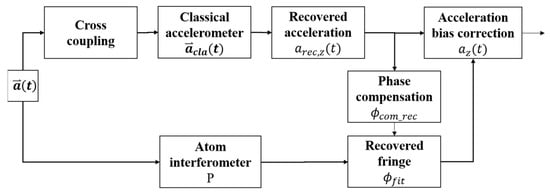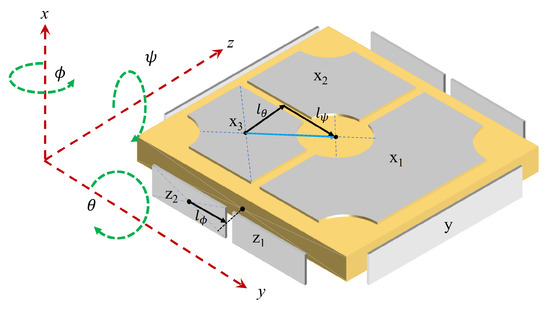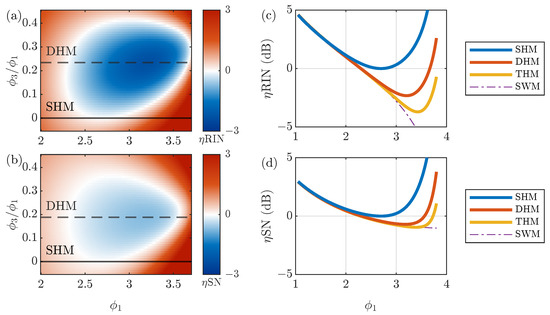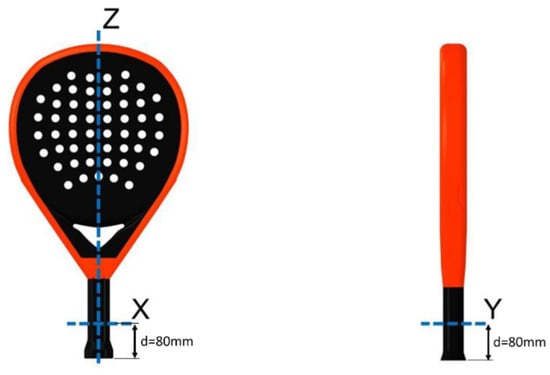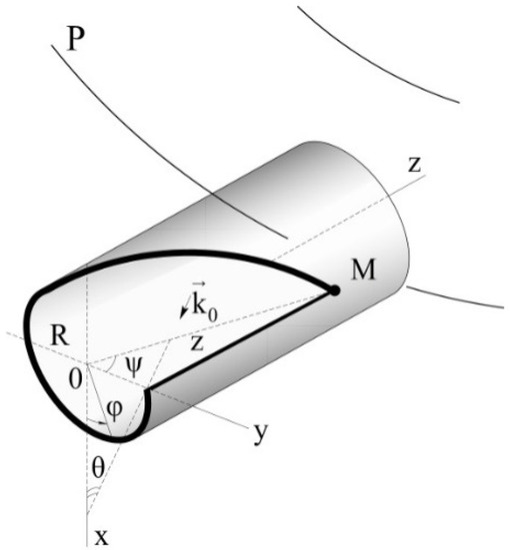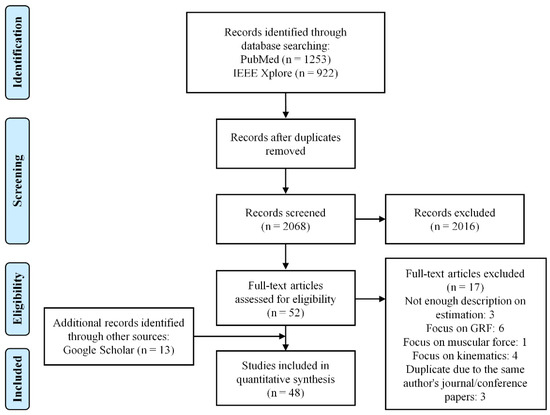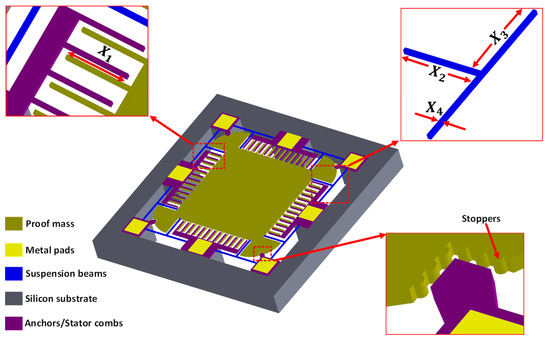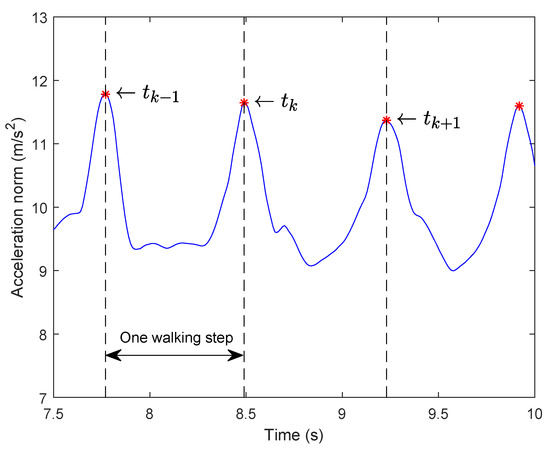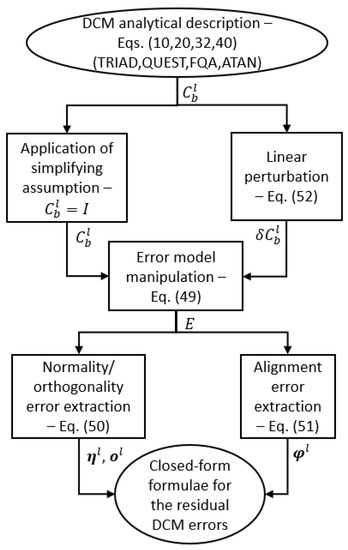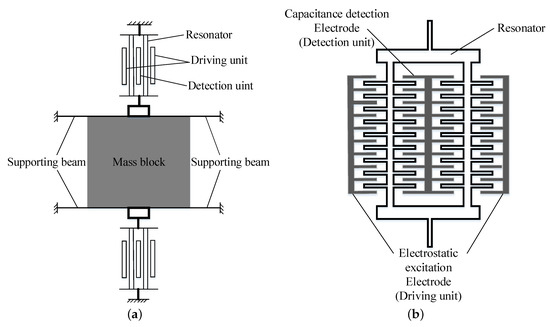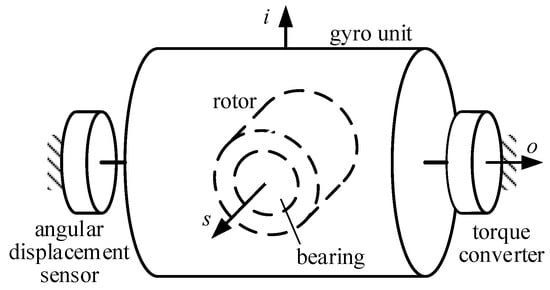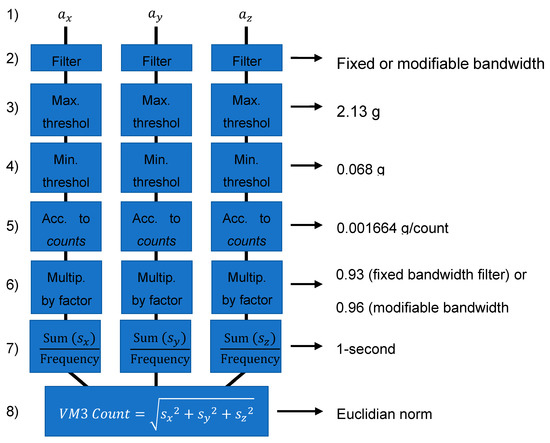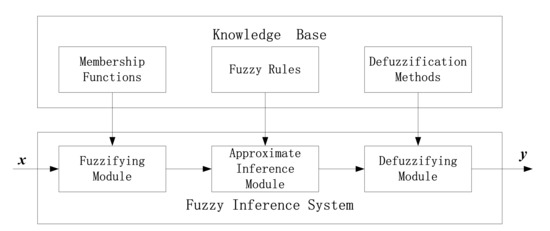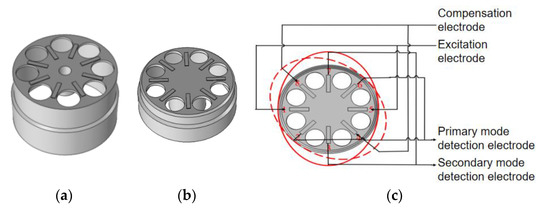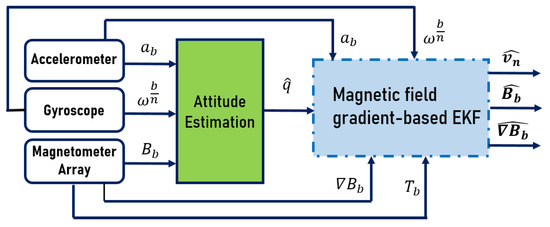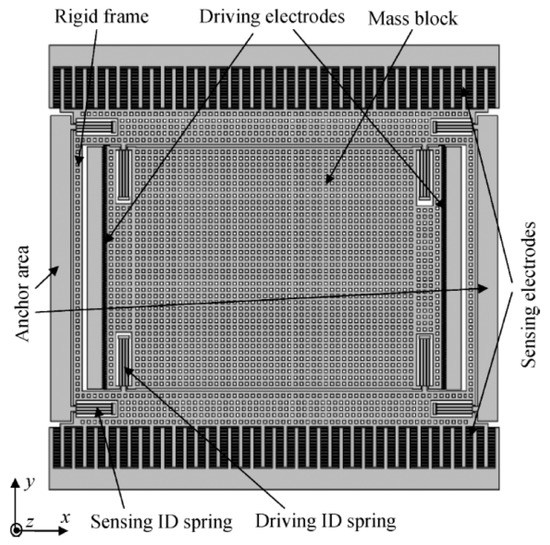Inertial Sensors and Applications
A topical collection in Sensors (ISSN 1424-8220). This collection belongs to the section "Physical Sensors".
Viewed by 45584Editors
Interests: attitude and motion estimation using inertial and vision sensors; personal navigation systems
Interests: wearable sensor systems for human motion capture; magneto-inertial measurement units; computational methods for wearable sensor systems; multisensor fusion
Special Issues, Collections and Topics in MDPI journals
Topical Collection Information
Dear Colleagues,
In the past, inertial sensors had limited use, e.g., in military applications, since they are bulky and expensive. Mainly thanks to micro-electro-mechanical systems (MEMS) technology, inertial sensors are becoming smaller and cheaper. This is leading to the widespread use of inertial sensor to estimate attitude and motion in many fields, such as healthcare, sports, and entertainment. Since almost every person has a smartphone or a smartwatch which contain inertial sensors, the application of inertial sensors is expected to increase rapidly.
Regarding recent research on inertial sensors, classical filtering algorithms (which are used in missiles and satellites) have been successfully used for many applications such as attitude estimation of UAV, human gait analysis, sport motion estimation, and personal navigation systems. Then, new algorithms have been proposed to handle specific problems. Recently, machine learning-based algorithms have been increasingly used. Fusion with other sensors (in particular vision sensors) is also a hot research topic.
The aim of this Special Issue is to collect new research and developments in the field of inertial sensor-based algorithms and applications. We invite original contributions, so that current research trends can be presented in this collection.
Dr. Young Soo SuhDr. Angelo Maria Sabatini
Guest Editors
Manuscript Submission Information
Manuscripts should be submitted online at www.mdpi.com by registering and logging in to this website. Once you are registered, click here to go to the submission form. Manuscripts can be submitted until the deadline. All submissions that pass pre-check are peer-reviewed. Accepted papers will be published continuously in the journal (as soon as accepted) and will be listed together on the collection website. Research articles, review articles as well as short communications are invited. For planned papers, a title and short abstract (about 100 words) can be sent to the Editorial Office for announcement on this website.
Submitted manuscripts should not have been published previously, nor be under consideration for publication elsewhere (except conference proceedings papers). All manuscripts are thoroughly refereed through a single-blind peer-review process. A guide for authors and other relevant information for submission of manuscripts is available on the Instructions for Authors page. Sensors is an international peer-reviewed open access semimonthly journal published by MDPI.
Please visit the Instructions for Authors page before submitting a manuscript. The Article Processing Charge (APC) for publication in this open access journal is 2600 CHF (Swiss Francs). Submitted papers should be well formatted and use good English. Authors may use MDPI's English editing service prior to publication or during author revisions.







